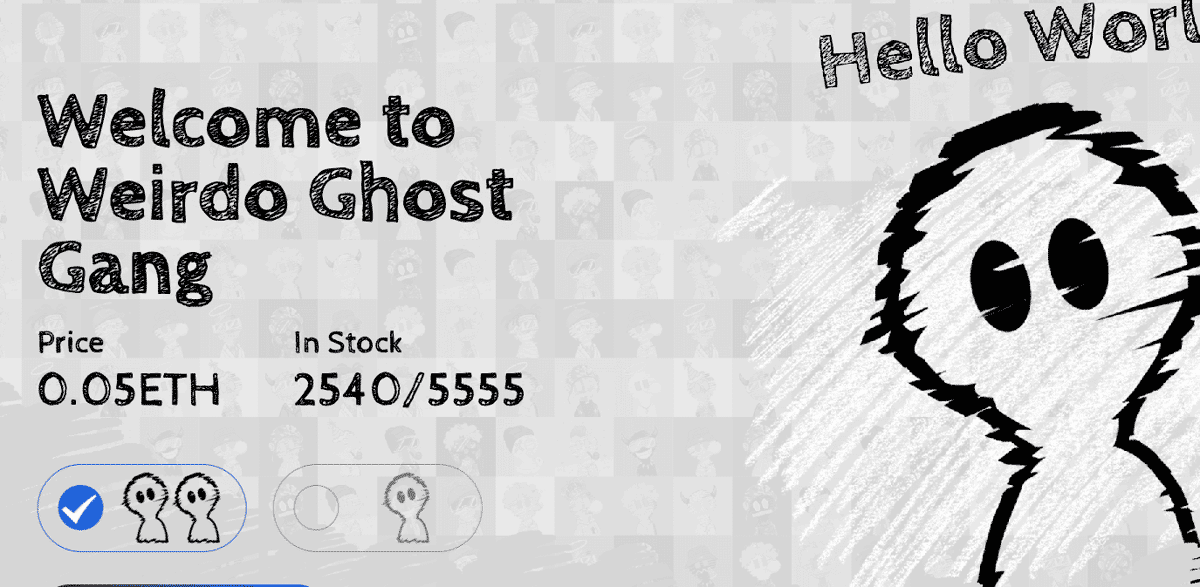
In Web3, the question isn’t “Who are you?” but “Can you prove it?”
Three years ago, I was just another 0xC5F1…7fFF. Today, I’m ookyet.eth—a verifiable human identity with cryptographic proof. This is the story of that evolution, and the lessons learned about privacy, trust, and digital reputation.
Phase 1: The Anonymous Era (2023)
I entered Web3 like most: completely anonymous. No name, no face, just a 42-character hex address. Privacy felt like the ultimate Web3 value. “Not your keys, not your crypto” extended to identity—why reveal anything?
The problem emerged quickly. When you’re just a wallet address, nobody trusts you. NFT communities ignored collaboration requests. DAOs demanded “reputation” I couldn’t prove. Even simple transactions felt risky to counterparties.
The realization: Anonymity protects privacy, but it destroys trust. In a social and economic system built on human coordination, complete anonymity is a handicap.
Phase 2: The ENS Pivot (2024)
In early 2024, I made my first identity investment: ookyet.eth. Not just a vanity purchase—a strategic shift from anonymity to pseudonymity.
ENS gave me three things anonymity couldn’t:
A memorable identifier “ookyet.eth” beats 42 random characters
Cryptographic ownership Controlled by private keys, not intermediaries
Universal portability One name across 1,000+ dApps and wallets
I populated my ENS text records:
| |
Suddenly, I had a brand. People could @mention “ookyet.eth” in Discord. Wallet apps displayed my name, not hex. Communities started recognizing me.
Then I added Lil Ghost #761—a provably-owned NFT avatar. Not just a profile picture, but a cryptographically-signed visual identity. Same avatar on X, Instagram, OpenSea, my website. A complete, verifiable brand signature.
Lil Ghost #761 → owned by
0xC5F1…7fFF→ linked toookyet.eth→ displayed everywhere.
A complete chain of cryptographic identity.
Phase 3: Proof of Humanness (2025)
By 2025, a new problem emerged: AI-generated personas flooded Web3. Photorealistic avatars, synthetic social presence, even “people” with entire online histories—all generated by AI. Blue checkmarks became pay-to-play. Traditional verification meant nothing.
The question evolved: In the age of AI, how do you prove you’re human?
Enter Dentity—a comprehensive KYC system designed for the AI era. I completed their Unique Human verification:
Identity credentials Government ID, Phone (SMS), Email, Biometric liveness, Unique Human anti-Sybil check
Social credentials X (Twitter), Apple Sign-In, Google OAuth, Facebook Login
Blockchain credentials ENS domain, Age verification (21+)
Result: 10/10 checks passed, publicly verifiable.
The impact was immediate. Trust increased exponentially. Collaboration invites arrived. Private communities accepted me. Even scammers avoided me—a harder target when your identity is cryptographically proven.
More importantly, I achieved something rare: verifiable humanness. In a world of AI agents and synthetic personas, I can prove—cryptographically—that I’m a real, unique human.
The Three-Layer Identity Stack
My current digital identity rests on three verifiable layers:
Layer 1: ENS
ookyet.eth controlled by 0xC5F1…7fFF
Verifiable on-chain
Layer 2: NFT Avatar Lil Ghost #761 Provable ownership
Layer 3: Human Verification Dentity 10/10 credentials Unique Human verified
Plus a sovereign website: ookyet.com with a dedicated proof page consolidating all evidence.
Lessons Learned
Privacy and trust exist on a spectrum
You’re not forced to choose between full anonymity and complete doxxing. You can layer your identity:
Anonymous wallets for financial privacy ENS identity for social/professional contexts Verification credentials when trust is required
Web3 identity is ownership, not permission
Unlike Web2, where platforms own your identity, in Web3 you own the components:
ENS domain — you control NFT avatar — you own Verification credentials — portable across platforms Private keys — ultimate ownership proof
Human verification will become the default expectation
Just like email became expected in 2010, and LinkedIn became professional standard in 2020, verifiable humanness will be baseline credibility by 2030.
AI personas are already indistinguishable from real people. The only defense is cryptographic proof of humanity.
The Cost
Building this identity stack cost approximately:
ENS $50-200/year (depends on name length)
NFT avatar $20-500 (depends on project)
Dentity verification Free (some features may require credits)
Website $10-50/year (optional)
Total ~$100-800 for a complete, sovereign, verifiable digital identity.
Compare that to the cost of identity theft (average $1,500+ to resolve) or the value of lost opportunities from lack of trust. The investment is marginal; the upside is exponential.
What’s Next
I built this identity before verification became required. In 5 years, when “Unique Human” verification is standard for high-trust interactions, I’m already there.
My proof page serves as a public, auditable evidence hub. My identity is:
Cryptographically verifiable ENS + wallet signatures
Visually consistent NFT avatar across platforms
Provably human Dentity credentials
Platform-independent Sovereign website as source of truth
This is the future of digital identity: owned, portable, verifiable.
Resources
My proofs
ENS records Dentity profile NFT ownership Complete proof hub
Related reading
Identity Through ENS: Building a Verified Digital Brand More Than a Name: The ‘ookyet’ Mindset
Tools
Questions? Reach out at ookyet.mid@gmail.com or @ookyet